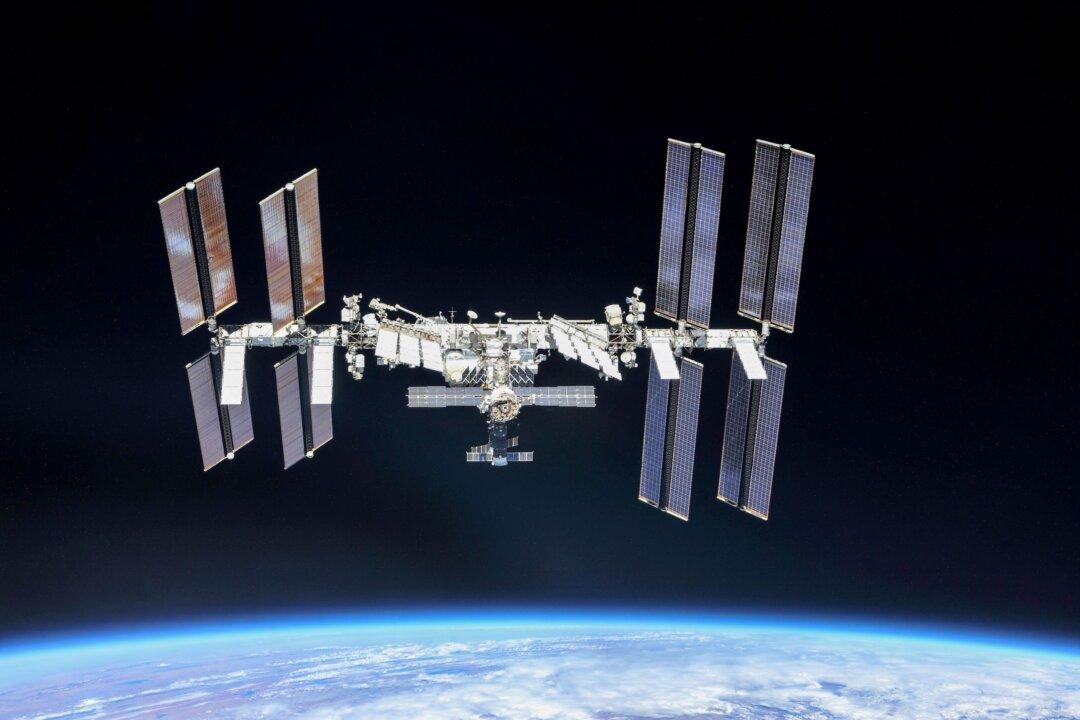NASA will keep operating the International Space Station (ISS) until the end of 2030, after which it could be taken out of orbit in January 2031 and crashed into a remote part of the Pacific Ocean known as Point Nemo, officials have said.
According to newly published plans (pdf) detailing the next decade of goals for ISS operations, which will eventually lead to a “smooth transition to commercial services,” the ISS will be crashed into an area known as the South Pacific Oceanic Uninhabited Area (SPOUA), also referred to as Point Nemo.





